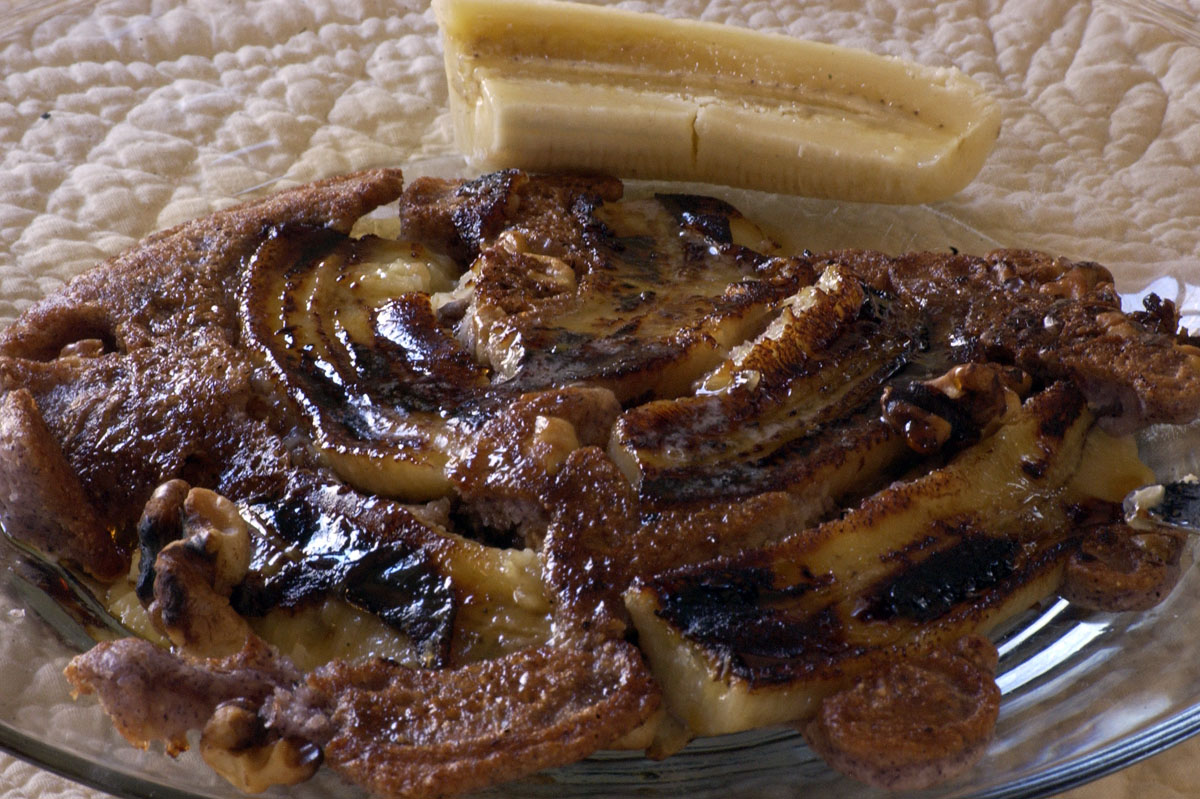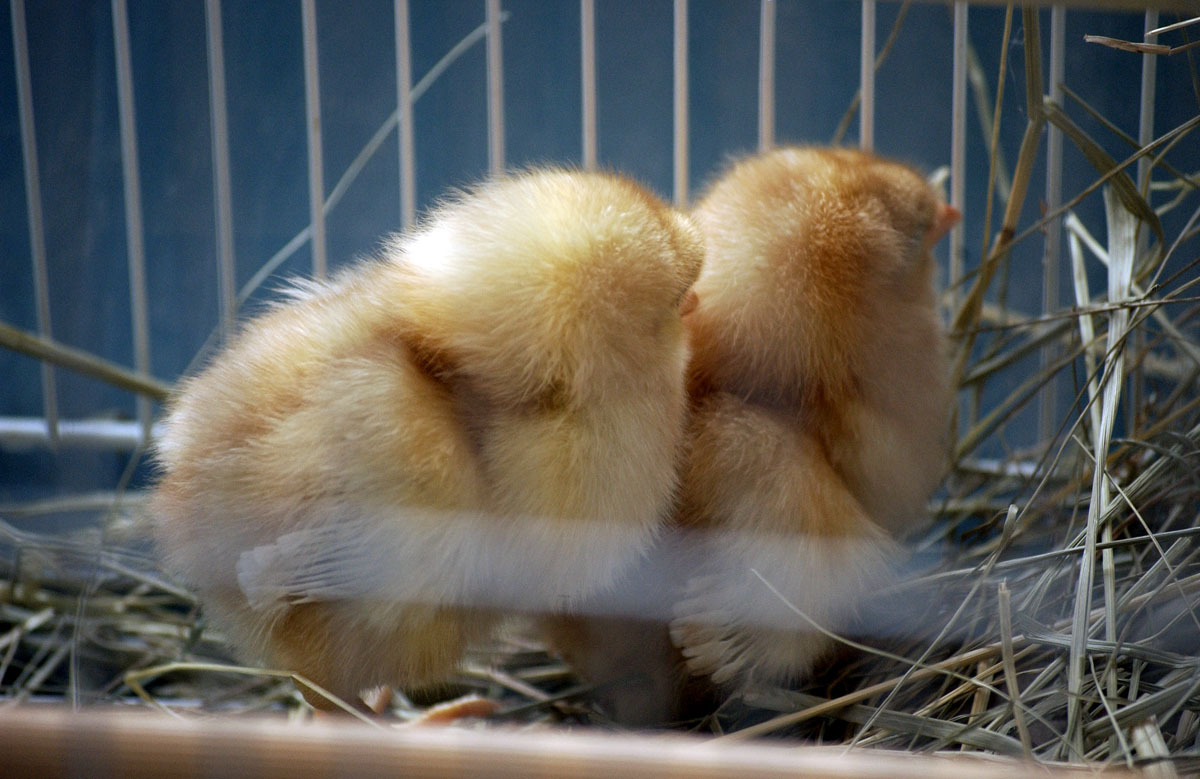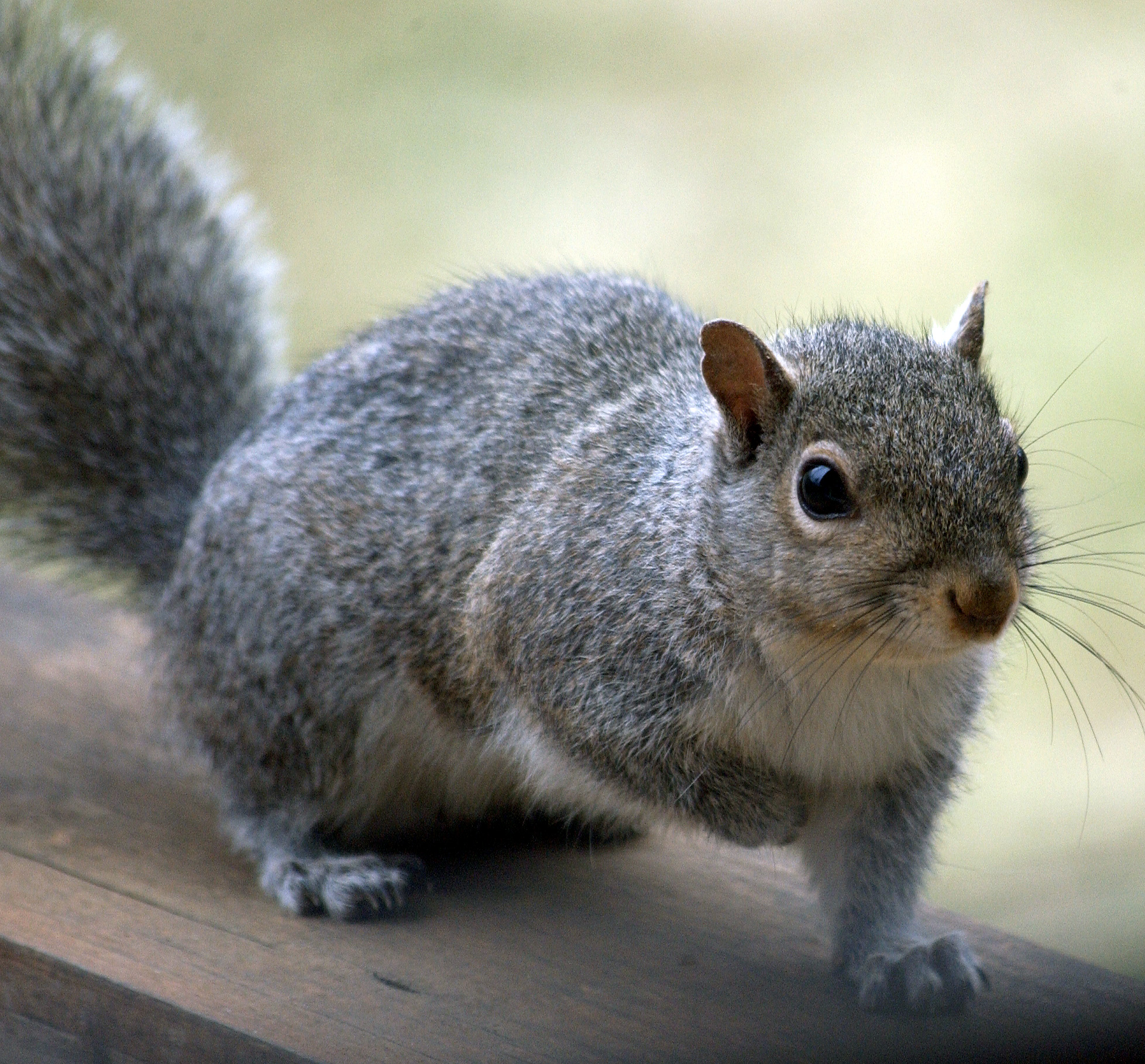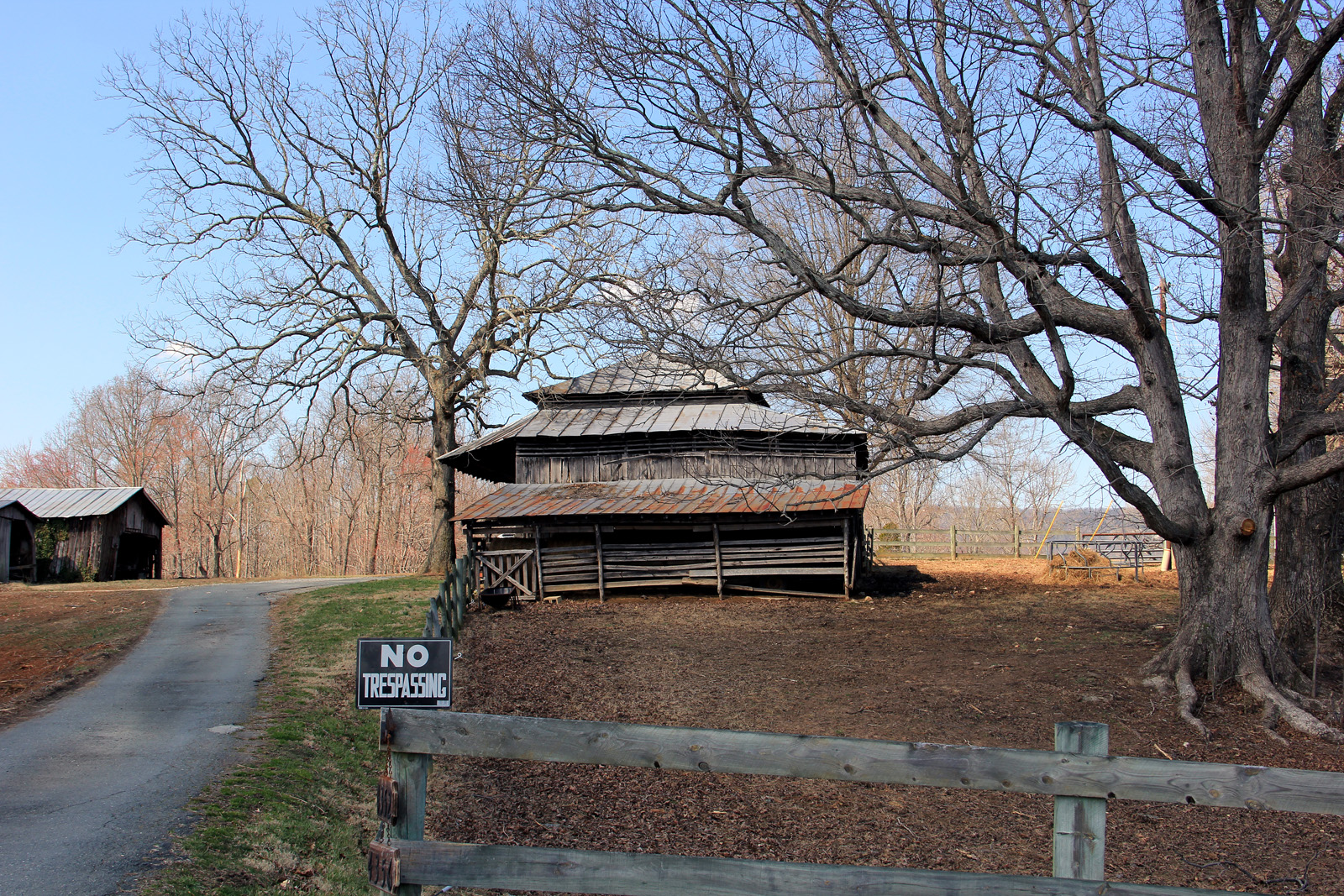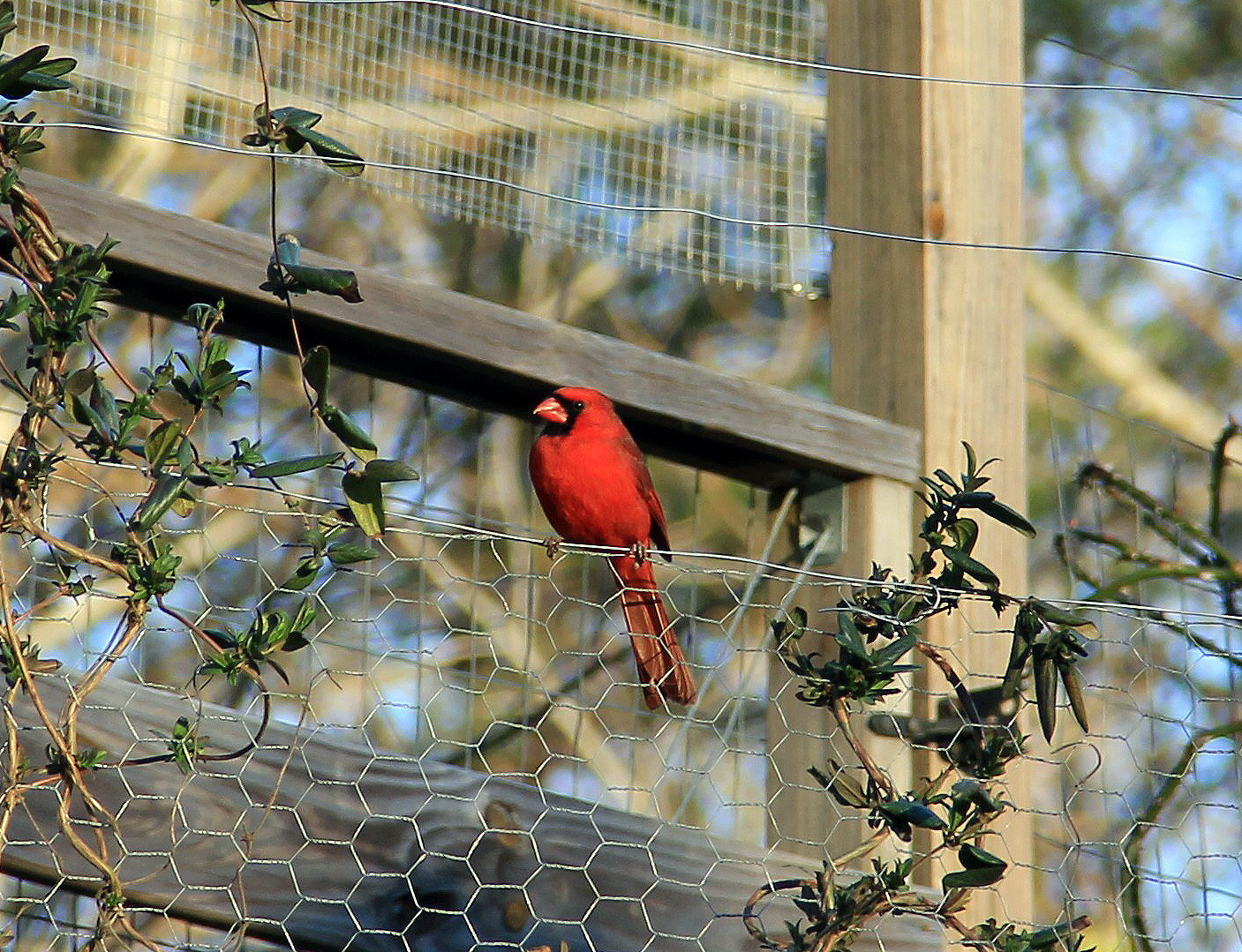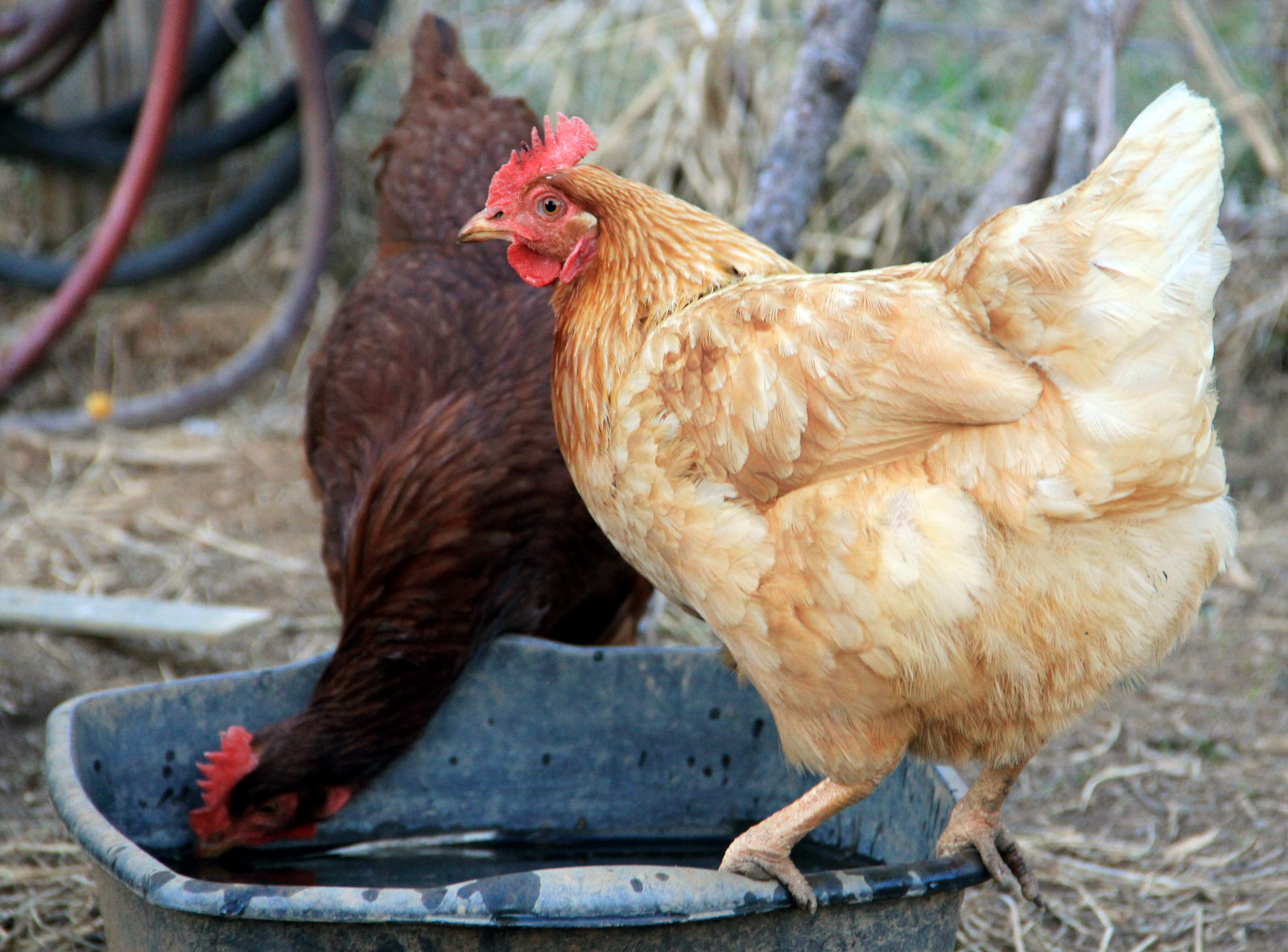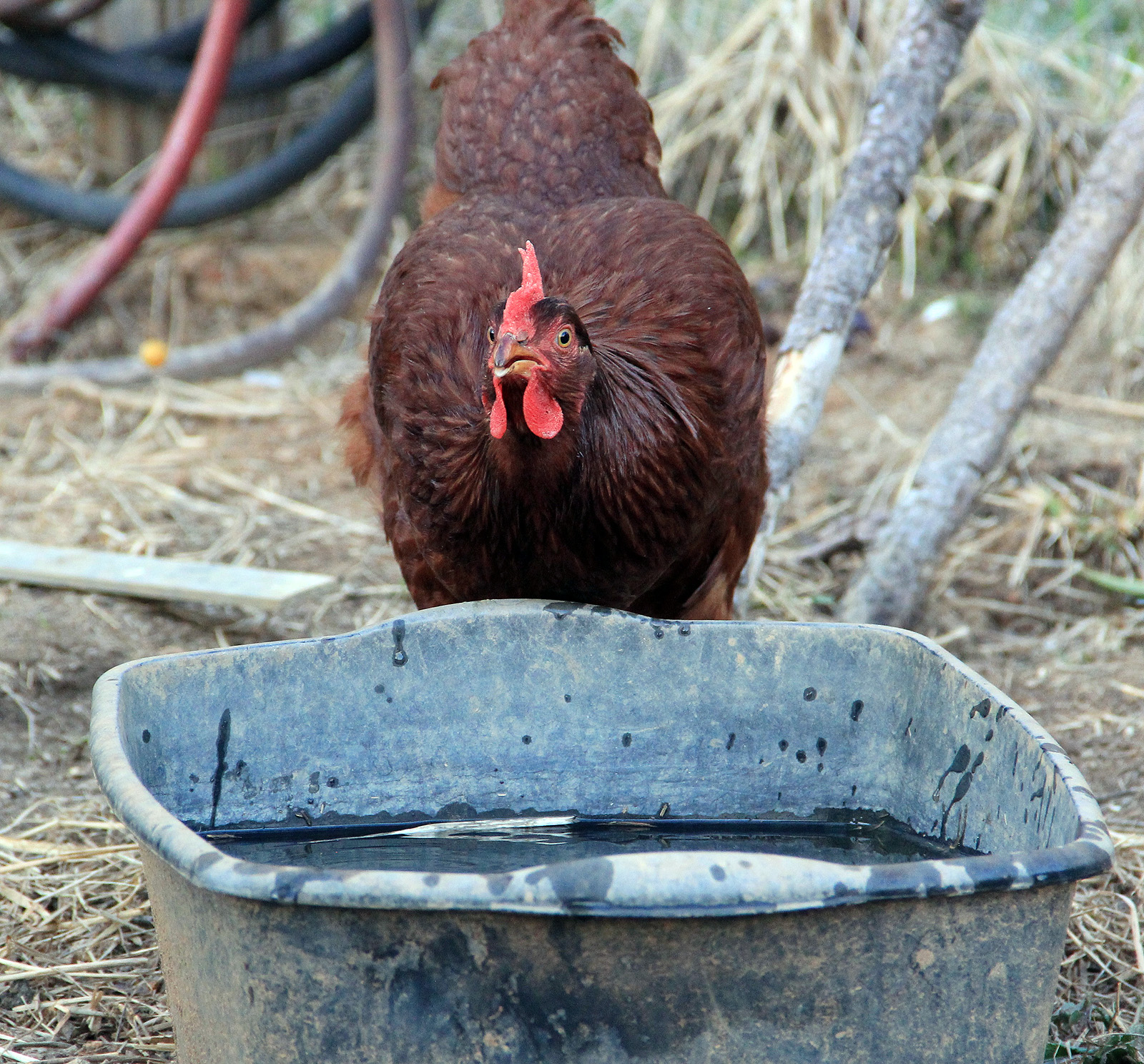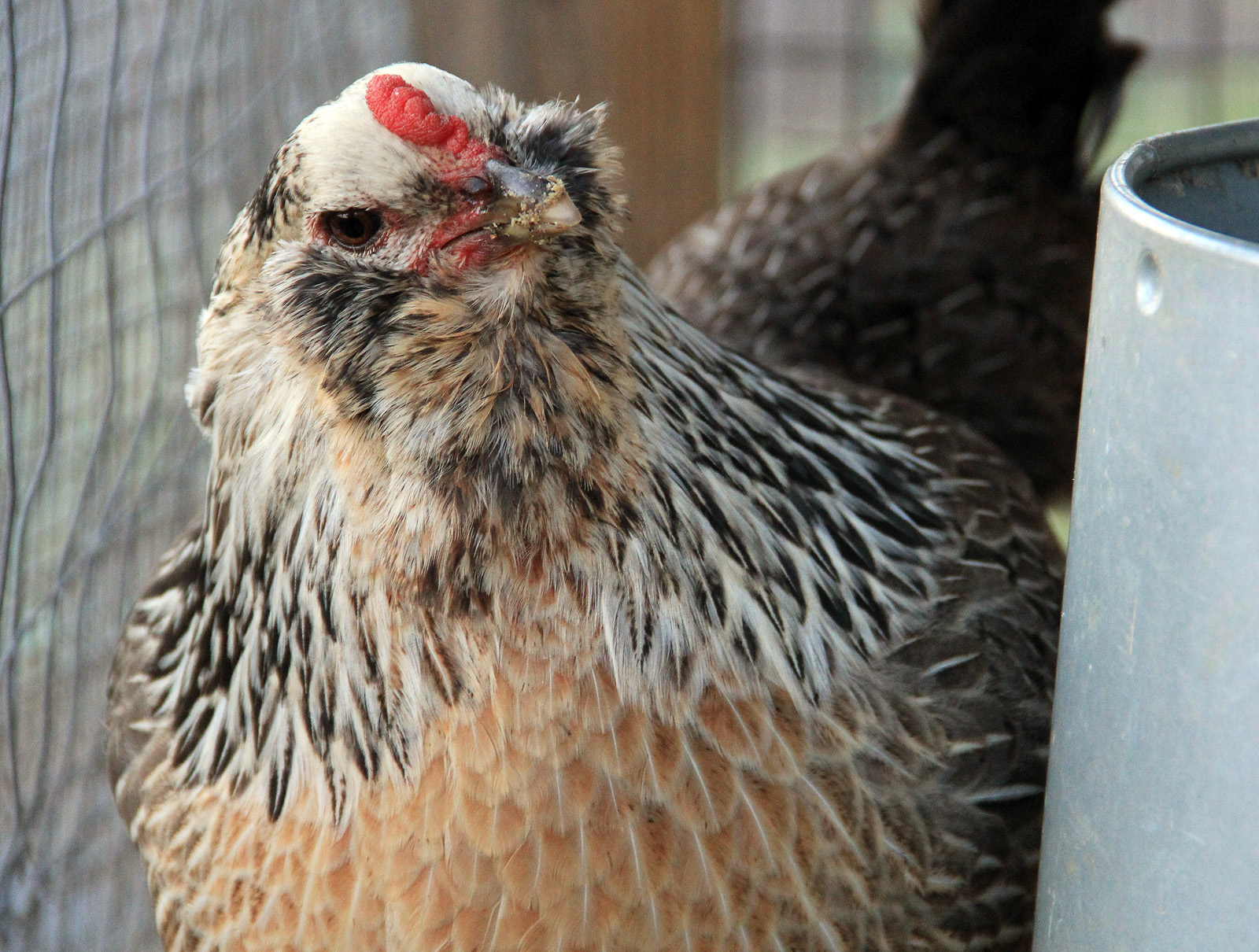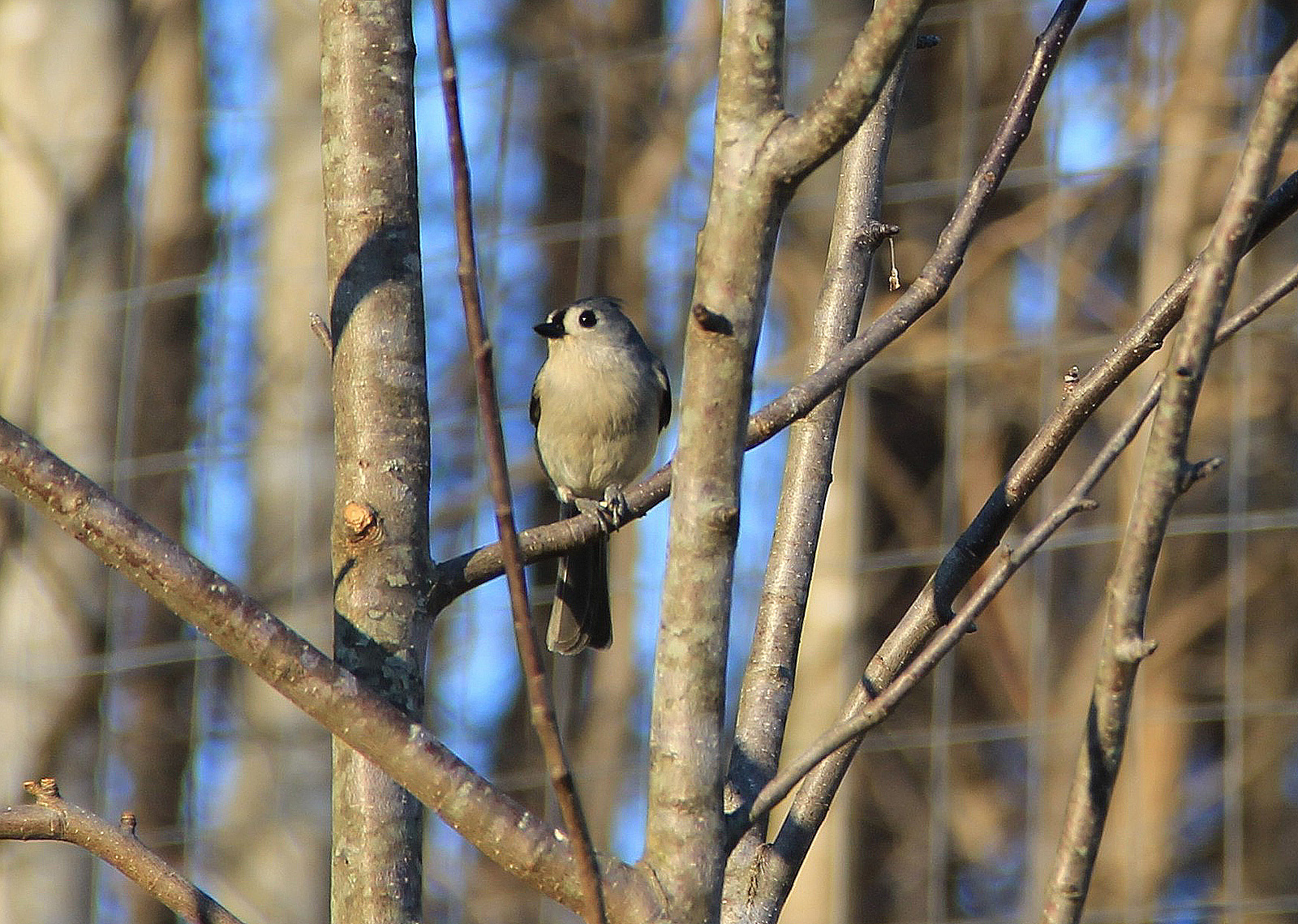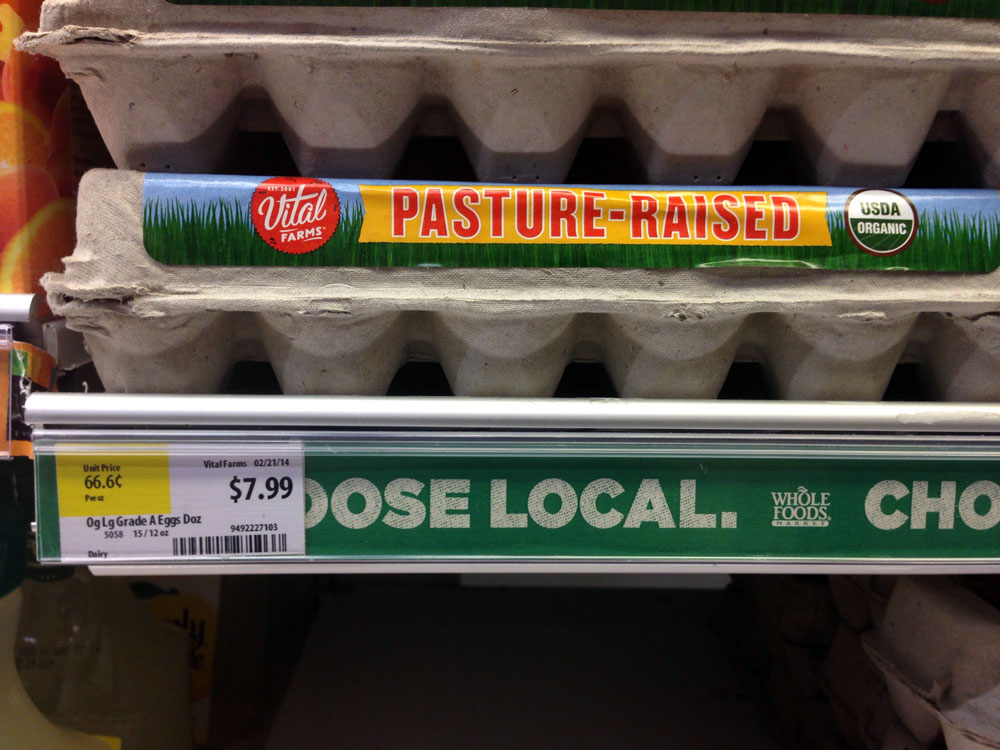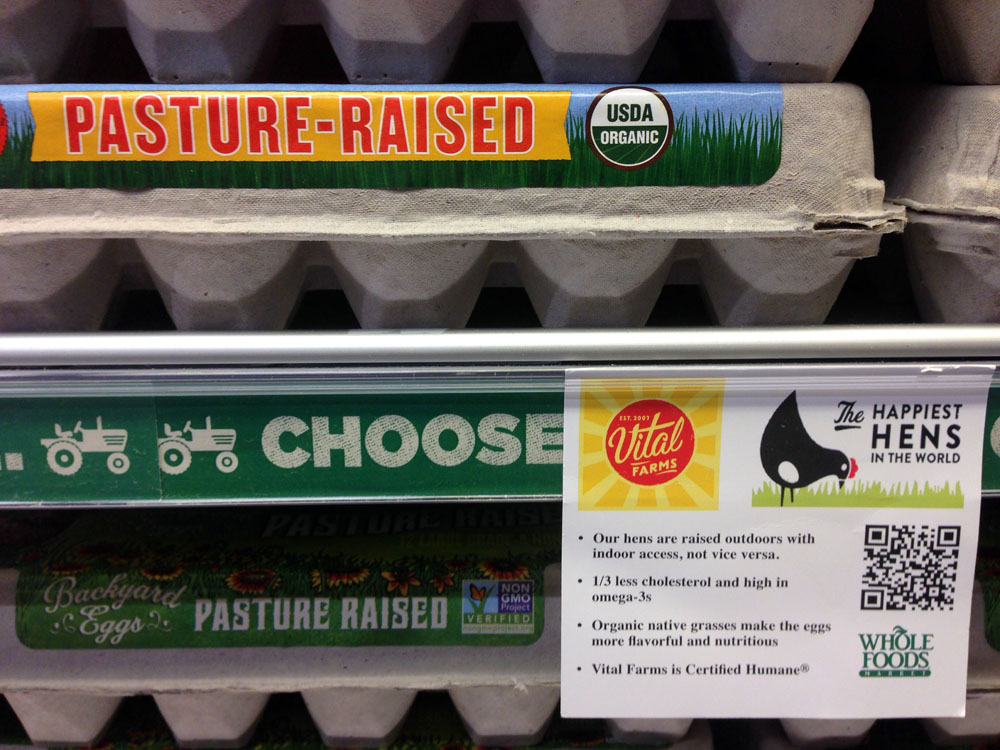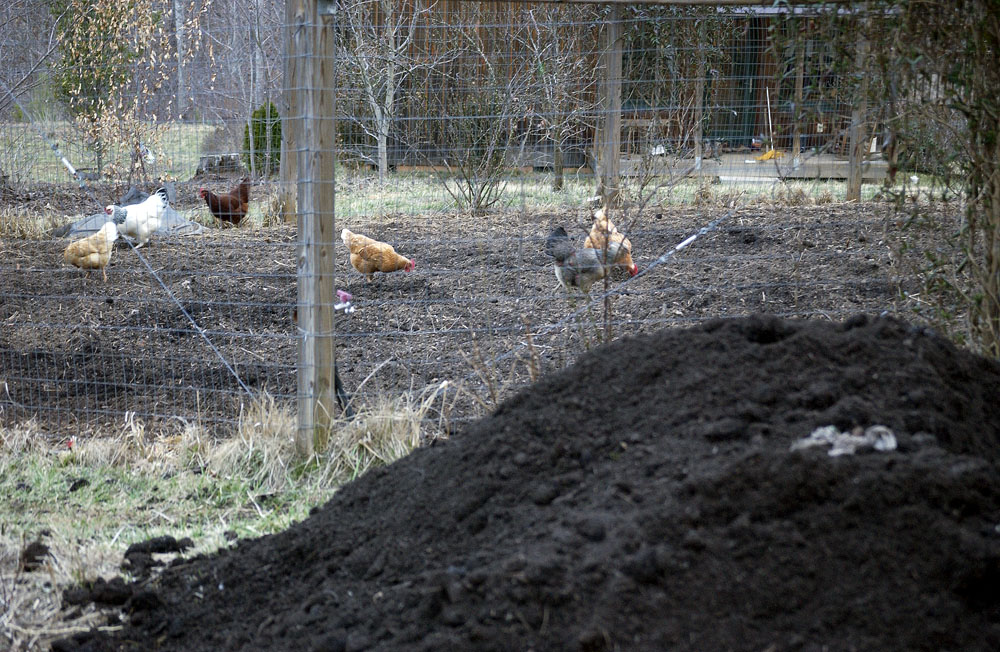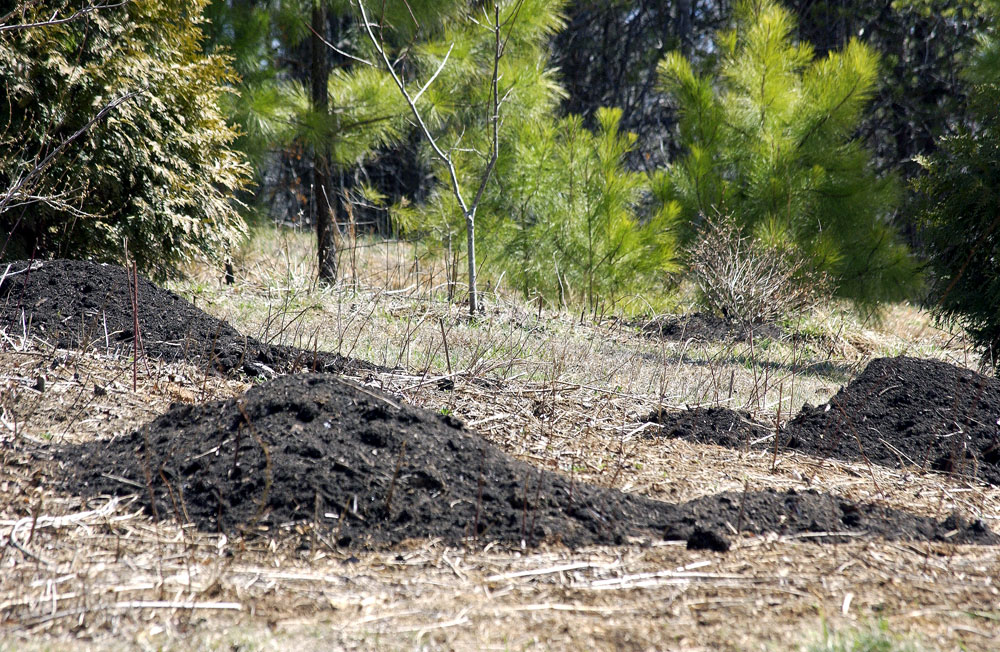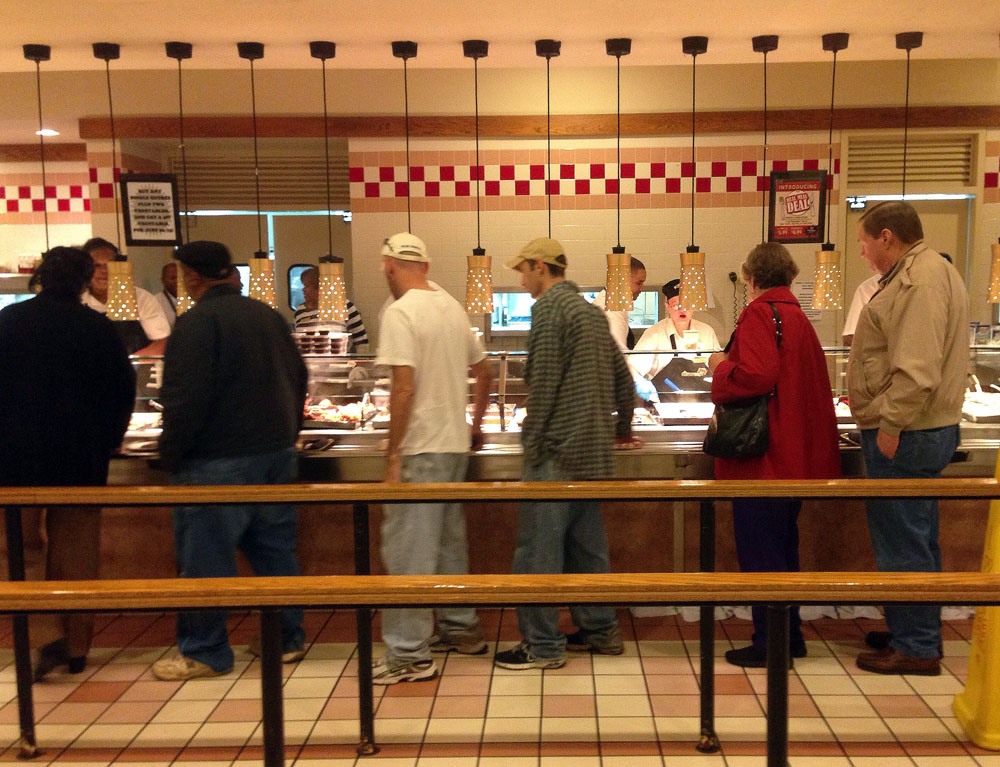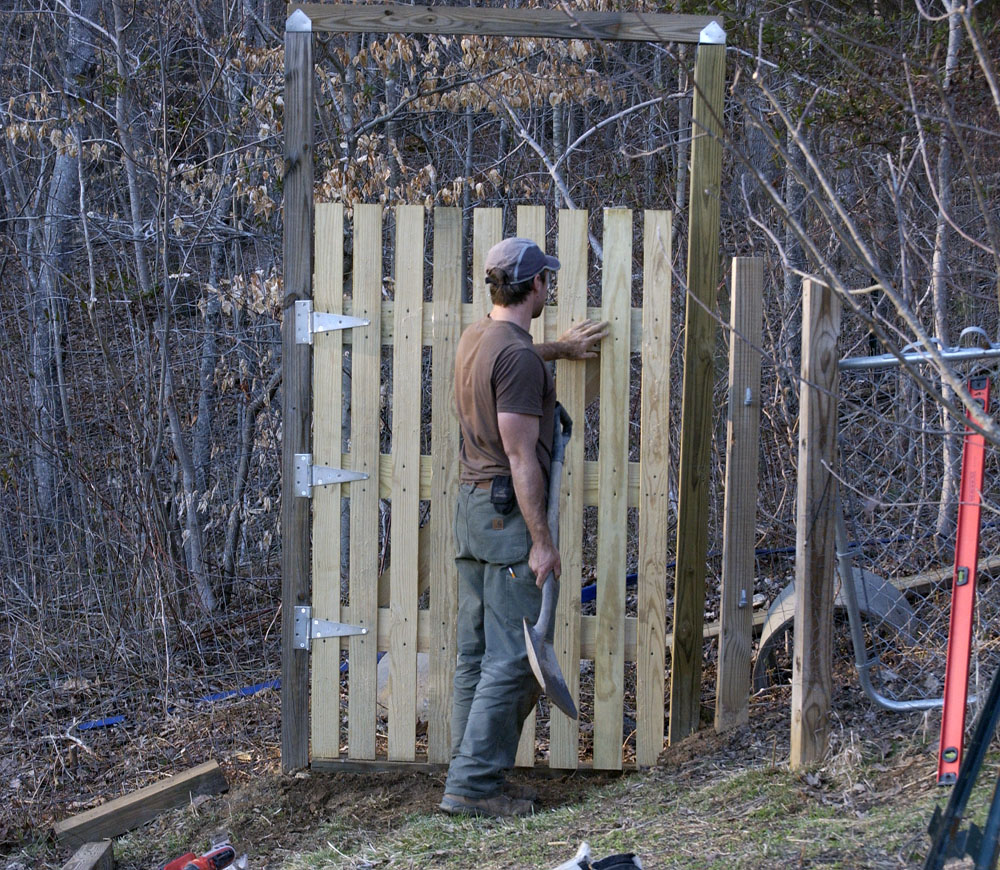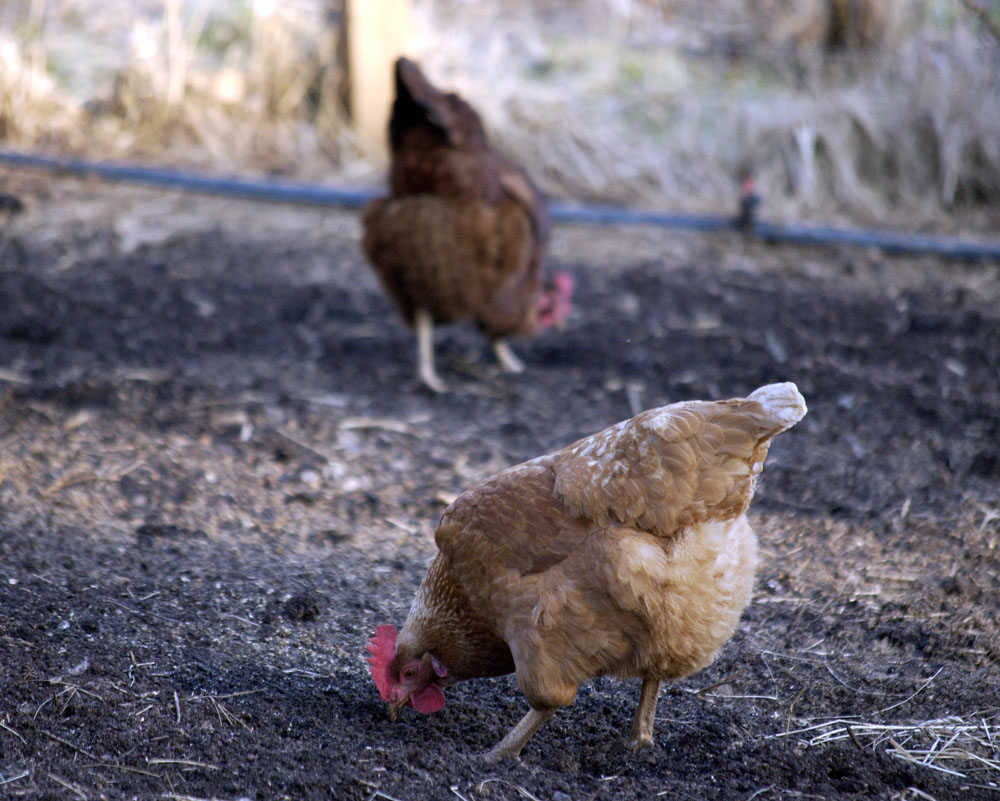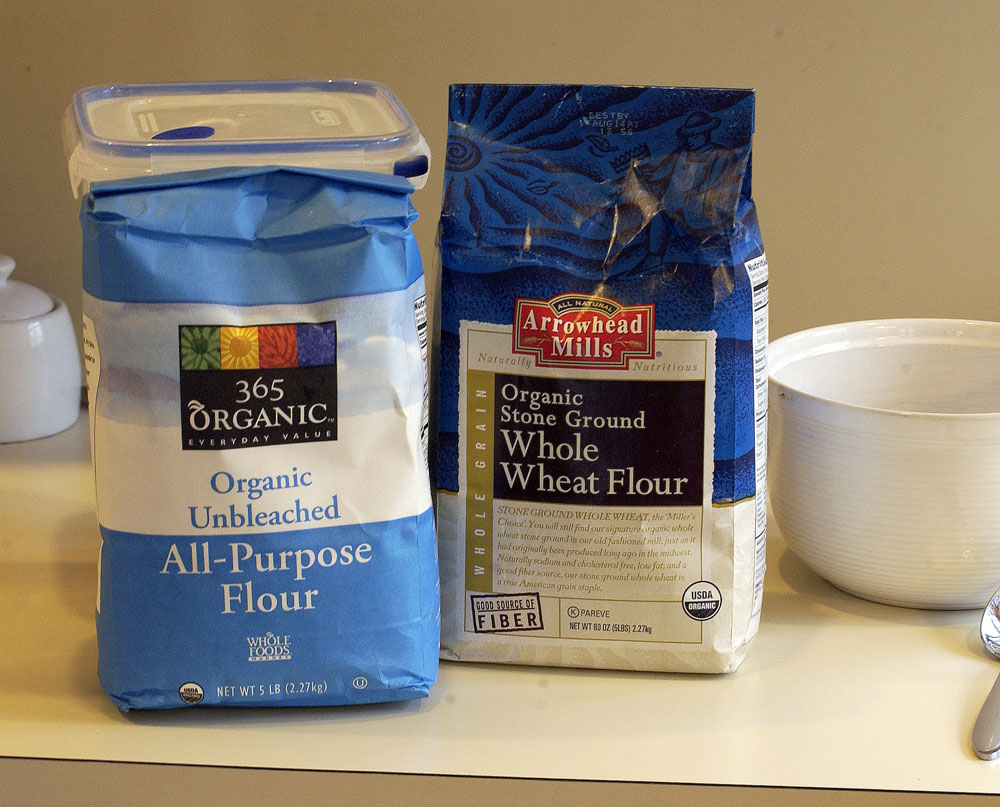The abbey is rich with eggs, so eggs are the default breakfast. But variation is needed. The French divide breakfasts into two broad categories — sweet breakfasts and salty breakfasts. Sweet breakfasts are awfully good sometimes, but it’s hard to keep sweet breakfasts from being cloying. Or they’re just too high carb, and one starts craving a high-carb lunch.
These banana-walnut broiler cakes are not exactly low carb, but they’re not as high carb as they look. Each cake contains only about 4 ounces of batter. The rest of it is banana and toasted walnuts.
Here’s a rough recipe.
1. Toast a generous quantity of walnuts in a skillet and set them aside.
2. Make a portion of your favorite pancake batter, but not too much. The cake in the photo was made with blue cornmeal batter.
3. Slice a banana into quarters and start browning the slices in a skillet. Use an interesting oil such as coconut oil.
4. When the bananas start to brown, throw on the toasted walnuts.
5. Pour on the batter.
6. When the bottom of the cake is nicely browned, pop the pan under the broiler.
7. Brown the top of the cake under the broiler. When it’s done, flip it onto a plate. The side that was browned in the skillet on the stovetop will be the prettiest side, so turn that up. The cake will fall apart, but that’s a feature, not a bug.
8. If you’re making more than one, keep them warm on the bottom rack of the oven, away from the broiler.
9. Serve ’em with butter and maple syrup.
These hotcakes are delicious, with a complex blend of flavors and textures. The toasted walnuts give it a roasted flavor. Browned bananas are divine. The coconut oil really brings out the walnut and banana flavors. And how can you go wrong with maple syrup?
By the way, Trader Joe’s has good bargains in Canadian maple syrup. I buy Grade B syrup. Grade B is not inferior. It’s just a little heavier and has a sassier taste than Grade A. And it’s cheaper.

